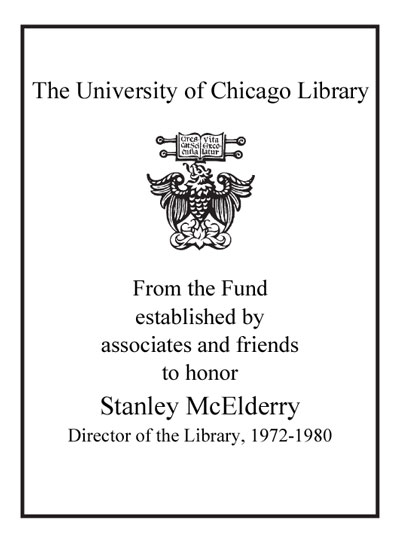Review by Choice Review
This second edition by Lipson (political science, Univ. of Chicago) is an economical condensation of major style guides used in most academic disciplines. Cite Right (1st ed., CH, Mar'07, 44-3601) offers up-to-date model citations for writers of research papers, including the well-known Publication Manual of the American Psychological Association (6th ed., 2010), the MLA Handbook for Writers of Research Papers (7th ed., CH, Sep'09, 47-0007), and K. L. Turabian's A Manual for Writers of Research Papers, Theses, and Dissertations (7th ed., CH, Oct'07, 45-0587). IEEE (Institute of Electrical and Electronic Engineers) and ASCE (American Society of Civil Engineers) styles are new to this edition, which also covers other disciplinary styles, e.g., those of the American Anthropological Association, American Medical Association, and Council of Science Editors. With an eye toward typical evidence used in each academic discipline, Lipson chooses a variety of example source types, including "born digital," multimedia, traditional print, and online analogues. Model citations offer canonical examples and then variations and exceptions to rules. A ten-page FAQ section at the end includes handy, specific formatting instructions for Microsoft Word and advice on selecting and using common bibliographical software packages. This book's tight focus on when and how to cite sources and its broad variety of citation styles make it one volume that could be used by undergraduate students throughout their academic careers. Summing Up: Recommended. Lower- and upper-level undergraduates. P. Finley University of Nevada, Las Vegas
Copyright American Library Association, used with permission.
Review by Choice Review

